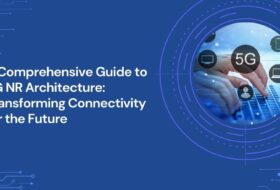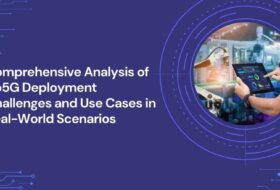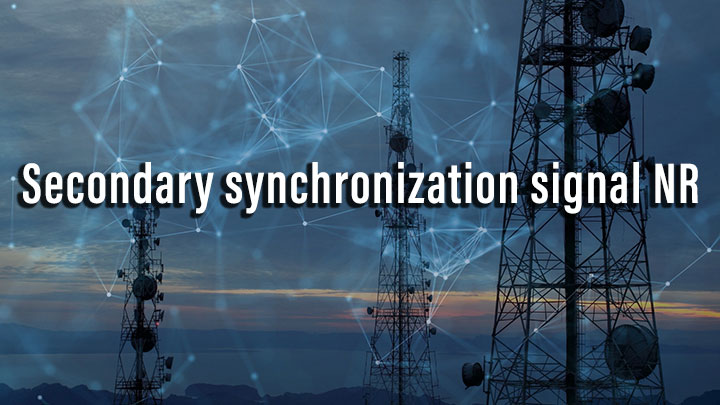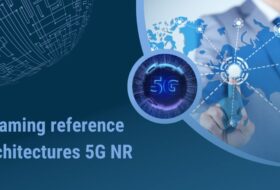After the UE has detected PSS and acquired symbol timing and initial frequency synchronization, it detects SSS which carries the physical cell identity.

SSS signal
- 336 different sequences called Physical-Layer Cell-Identity groups (0-335)
- Ν1(ID)in 3GPP PhysicalLayerCellIdGroup
- Secondary synchronization signal is based on maximum length sequences (Gold-sequences)
- The NR-SSS carries the information including the radio frame timing and the cell ID group
SS/PBCH - The NR-SSS detection is done based on the relative position between the NR-PSS and the NR-SSS.
- Since the SSS is located on the same frequency location as PSS and one OFDM symbol apart, the UE may perform either non-coherent or coherent detection using channel estimates based on PSS.
- Furthermore, since there are 1008 NR cell IDs and 3 NR PSSs, we need a set of 1008 NR SSS sequences that can be divided into 3 sub-sets, each with 1008/3 = 336 NR SSS sequences associated to one of the three NR PSS sequences.
Sequence generation:
The sequence dsss(n) for the secondary synchronization signal is defined below.
where 𝑥0(𝑘) and 𝑥1(𝑘) (𝑘=0, 1, ⋅ ⋅ ⋅ , 126) are two length-127 (binary) m-sequences and 𝑚0 and 𝑚1 are their corresponding cyclic shift values determined by the cell ID.
The sequence of symbols dsss(0) . . . dsss(126) containing the secondary synchronization signal is scaled by a factor of βSSS and is mapped to resource elements (k,l) in increasing order of k where k and l represent the frequency and time indices,
- Check related articles: https://cafetele.com/5g-nr-primary-synchronization-signalpss/
Knowledge of eMBB, URLCC, MMTC.
5G RAN ARCHITECTURE, NR NSA mobility, Massive Mimo, Beamforming, 5G Frame structure, Ultra lean design, 5G QOS compare with LTE, Ericsson & Huawei RAN system for 5G. 5G planning Knowledge.
RF Planning & Optimization in LTE & VOLTE Network
Planning new LTE Macro & IBS sites.
• Cluster-based RF optimization
• Preparation of CDD for LTE network. PCI & RSN planning.
• Analysis of LTE Radio KPIs, investigation, and improvement of network quality problems.
• Implementation of new features and tuning LTE radio network parameters.
• LTE Cell planning, coverage predictions, traffic dimensioning, interference analysis, optimization of the Radio Access Networks in accordance with TRA.
• Forecasts and studies to determine future Radio Base Station and network capacity needs.
• Optimisation of newly integrated LTE sites and expansions, and focus areas.
• Technical investigations of the LTE Radio Access Network; accessibility, capacity and retain ability studies.
• Getting LTE Sites accepted from the customer RF planning team.
You Might Also Like







